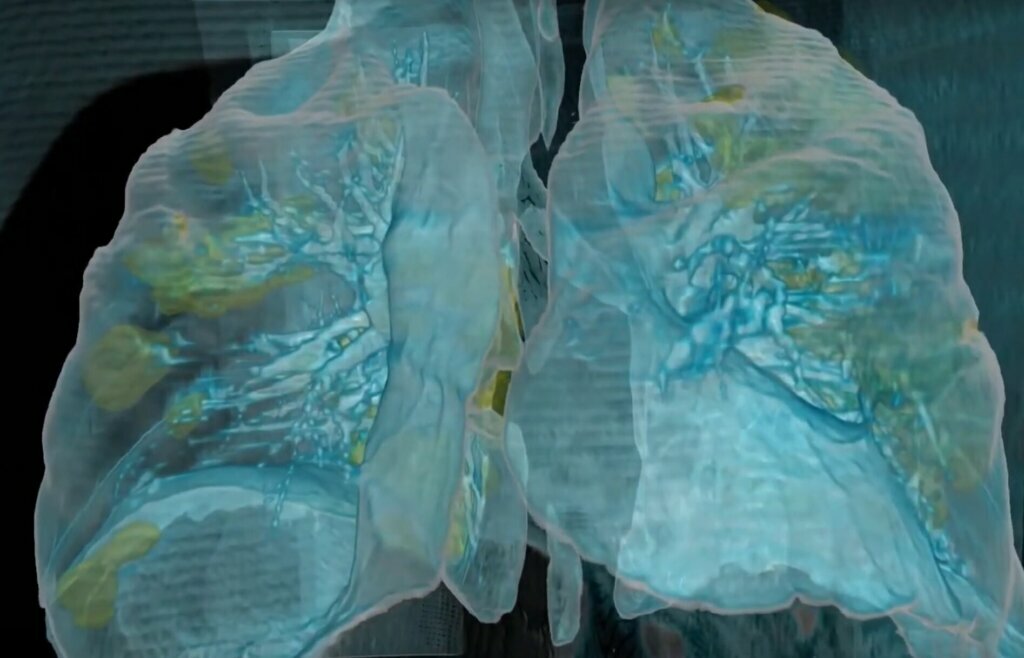
After receiving its first coronavirus patient earlier this month, George Washington University Hospital turned to virtual reality to help fight the disease.
The patient, a man in his 50s, had been transferred from another area hospital once his condition worsened.
Staff at GW decided they needed to take a more high-tech approach.
“What we’re seeing is that there was rapid and progressive damage to the lungs so that he needed higher levels of support from that ventilator, and it got to the point where he needed maximal support from the ventilator,” Dr. Keith Mortman, chief of thoracic surgery at GW Hospital, said in a release for the hospital’s podcast. “That was when the outside hospital reached out to our expert team here at GW and the patient was transferred to us for something called ECMO, which stands for extracorporeal membrane oxygenation.”
- Sign up for news alerts from WTOP
- Vine to door: Virginia vineyard owner hand-delivers during coronavirus crisis
- How can you tell the difference between allergies and coronavirus?
- Closings and delays
- Traffic and transit changes in DC, Md. and Va. during coronavirus response
- Coronavirus test results in DC, Maryland and Virginia
- Coronavirus FAQ: What you need to know
During ECMO, blood is taken out of the body, infused with oxygen, then returned.
And by using virtual reality, the GW team was able to look inside the patient’s lungs and see the damage the disease was doing.
“There is such a stark contrast between the virus-infected abnormal lung and the more healthy, adjacent lung tissue,” Mortman said. “And it’s such a contrast that you do not need an MD after your name to understand these images. This is something the general public can take a look at and really start to comprehend how severe the amount of damage this is causing the lung tissue. The damage we’re seeing is not isolated to any one part of the lung. This is severe damage to both lungs diffusely.”
Mortman remains concerned about the potential long-term damage COVID-19 can do to people’s lungs and their ability to breathe. And while older people are being as reported as the most at-risk, younger people are in danger too, as the number of them being hospitalized continues to increase.
Listen to the GW podcast about the case below.








